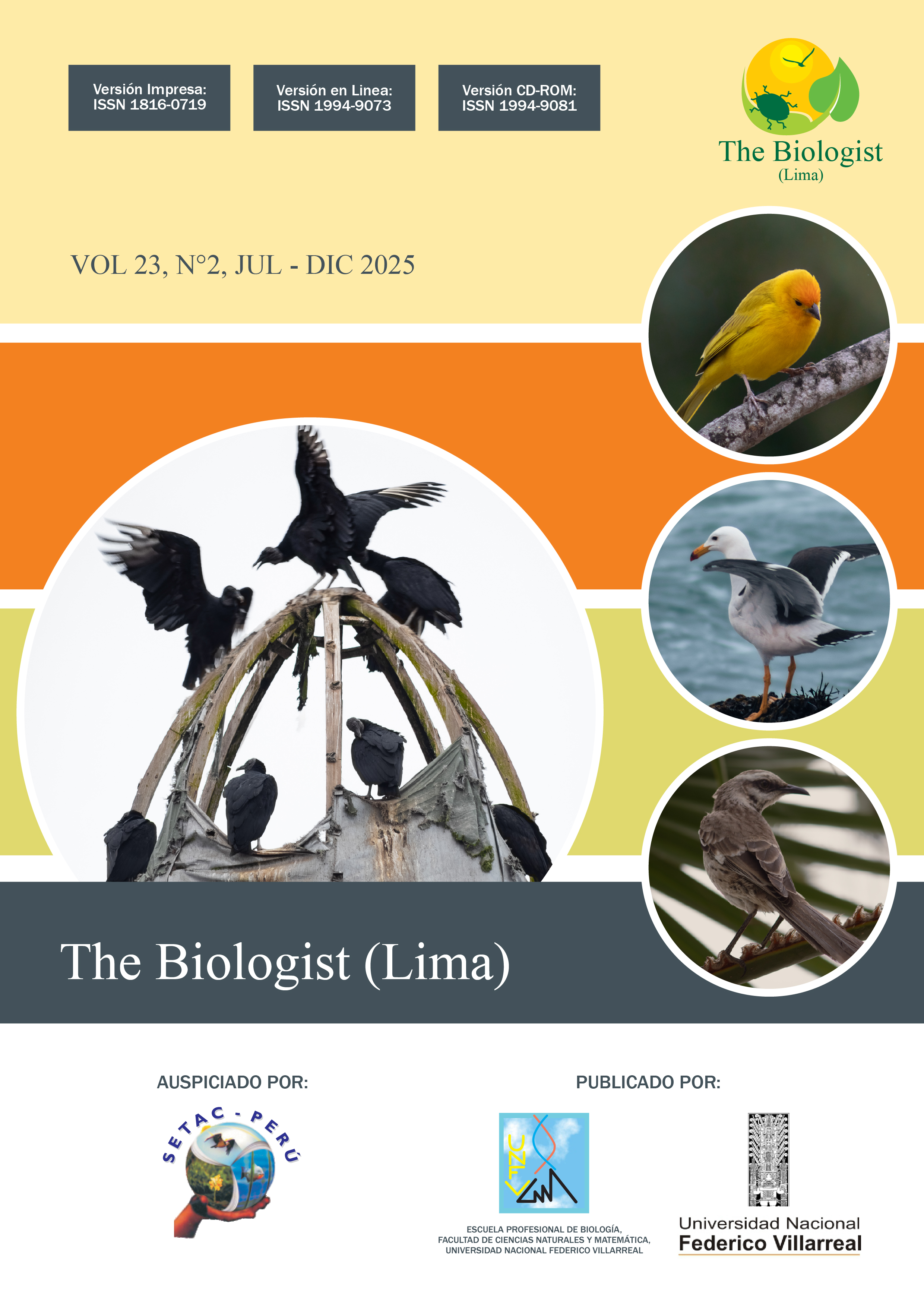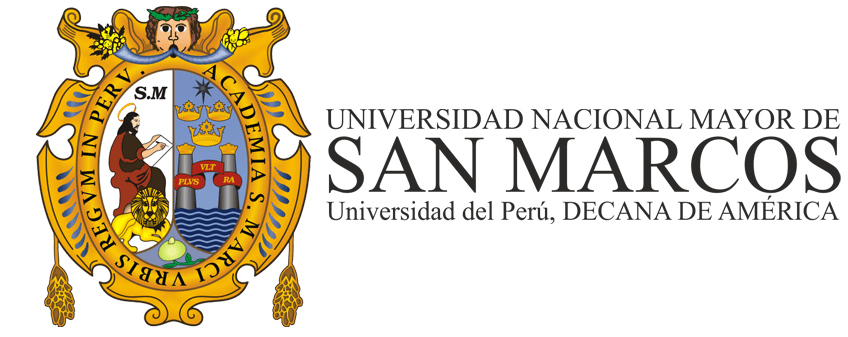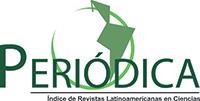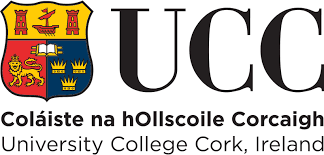Physicochemical and biological parameters of vitivinicultural residues and their potential effect on soil helminths
DOI:
https://doi.org/10.62430/rtb20252322027Keywords:
agricultural soils, enzymes, grape pomace, helminths, yeastsAbstract
Vitivinicultural residues constitute a lignocellulosic biomass that, when transformed by yeasts and enzymes, can modify soil conditions and influence the ecology of soil helminths. The objective of this study was to evaluate the physicochemical and biological parameters of vitivinicultural residues and describe their potential effects on soil helminths. The research was descriptive, observational, and exploratory, conducted between March and June 2025 in the laboratories of the Professional School of Agroindustrial Engineering at the Universidad Nacional de Moquegua, Peru. Twenty-four samples of grape pomace (Vitis vinifera L.) were analyzed after treatments involving alkaline hydrolysis, enzymatic hydrolysis, and yeast fermentation. The results showed that enzymatic hydrolysis yielded the highest pH (6.0), temperature (60 °C), reducing sugars (34.6 g/L), and ethanol (25%), generating less acidic conditions, greater energy availability, and organic enrichment. These changes may favor the survival of free-living nematodes, select for more resistant species, and increase the population density of soil helminths. It is concluded that the synergistic action of yeasts and enzymes transforms vitivinicultural residues into a key ecological factor in the helminthological dynamics of agricultural soils.
Downloads
Downloads
Published
How to Cite
Issue
Section
License

This work is licensed under a Creative Commons Attribution-NonCommercial-NoDerivatives 4.0 International License.
Objeto: El AUTOR-CEDENTE transfiere de manera TOTAL Y SIN LIMITACIÓN alguna al CESIONARIO (Revista The Biologist (Lima)) los derechos patrimoniales que le corresponden sobre sus obras por el tiempo que establezca la ley internacional. En virtud de lo anterior, se entiende que el CESIONARIO adquiere el derecho de reproducción en todas sus modalidades, incluso para inclusión audiovisual; el derecho de transformación o adaptación, comunicación pública, traducción, distribución y, en general, cualquier tipo de explotación que de las obras se pueda realizar por cualquier medio conocido o por conocer en el territorio nacional o internacional.
Remuneración: La cesión de los derechos patrimoniales de autor que mediante este contrato se hace será a título gratuito.
Condiciones y legitimidad de los derechos: El AUTOR-CEDENTE garantiza que es propietario integral de los derechos de explotación de la(s) obra(s) y en consecuencia garantiza que puede contratar y transferir los derechos aquí cedidos sin ningún tipo de limitación por no tener ningún tipo de gravamen, limitación o disposición. En todo caso, responderá por cualquier reclamo que en materia de derecho de autor se pueda presentar, exonerando de cualquier responsabilidad al CESIONARIO.
Licencia de acceso abierto: El AUTOR-CEDENTE autoriza que manuscrito publicado en la Revista Científica The Biologist (Lima) (versión Impresa ISSN 1816-0719, versión en línea ISSN 1994-9073) permanece disponible para su consulta pública en el sitio web http://revistas.unfv.edu.pe/index.php/rtb/index y en los diferentes sistemas de indexación y bases de datos en las que la revista tiene visibilidad, bajo la licencia Creative Commons, en la modalidad Reconocimiento-No comercial- Sin Trabajos derivados –aprobada en Perú, y por lo tanto son de acceso abierto. De ahí que los autores dan, sin derecho a retribución económica, a la Escuela Profesional de Biología, Facultad de Ciencias Naturales y Matemática de la Universidad Nacional Federico Villarreal (EPB - FCCNM - UNFV), los derechos de autor para la edición y reproducción a través de diferentes medios de difusión.









































